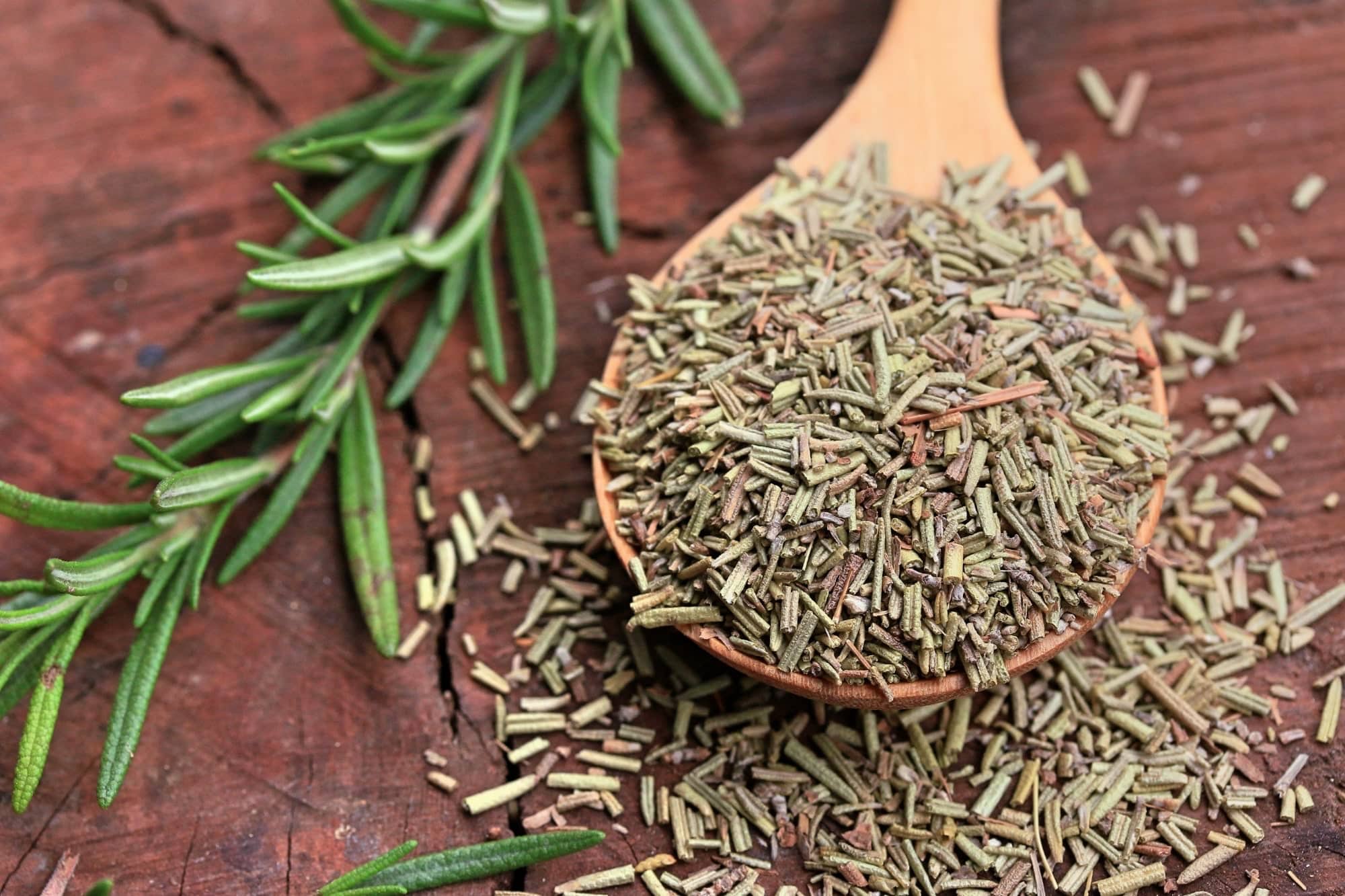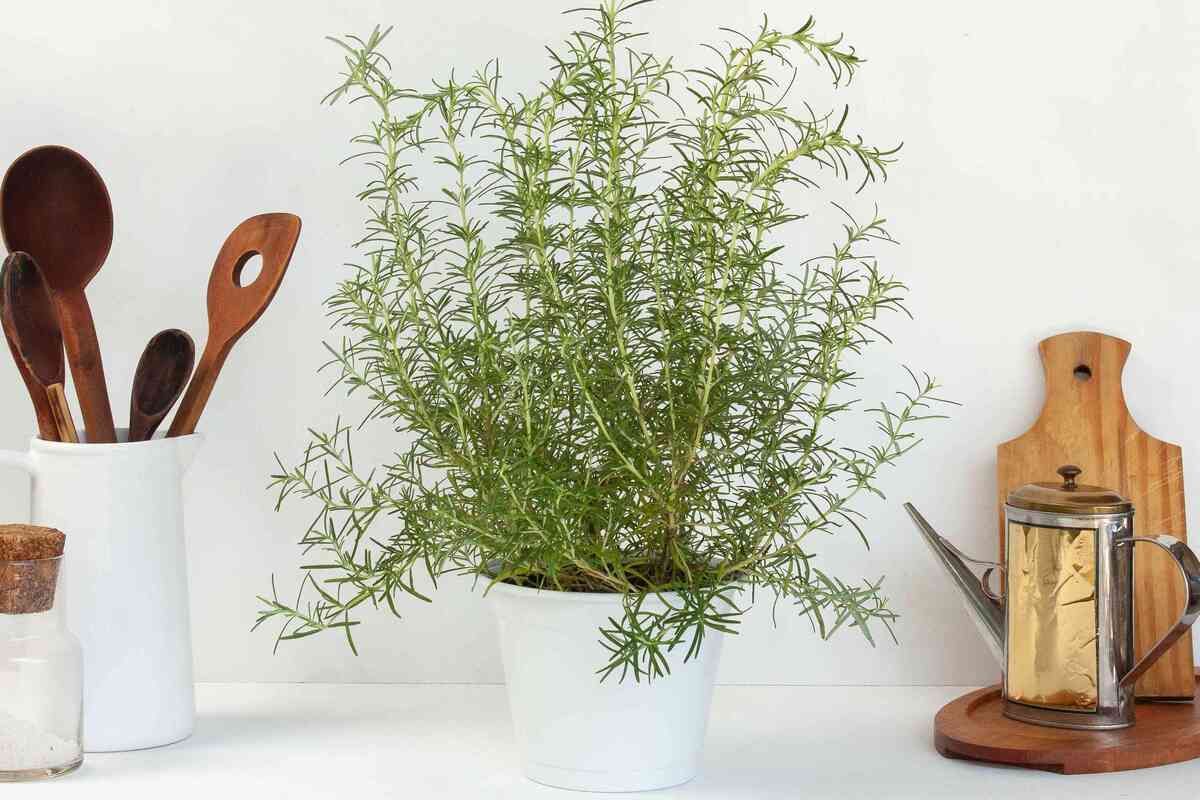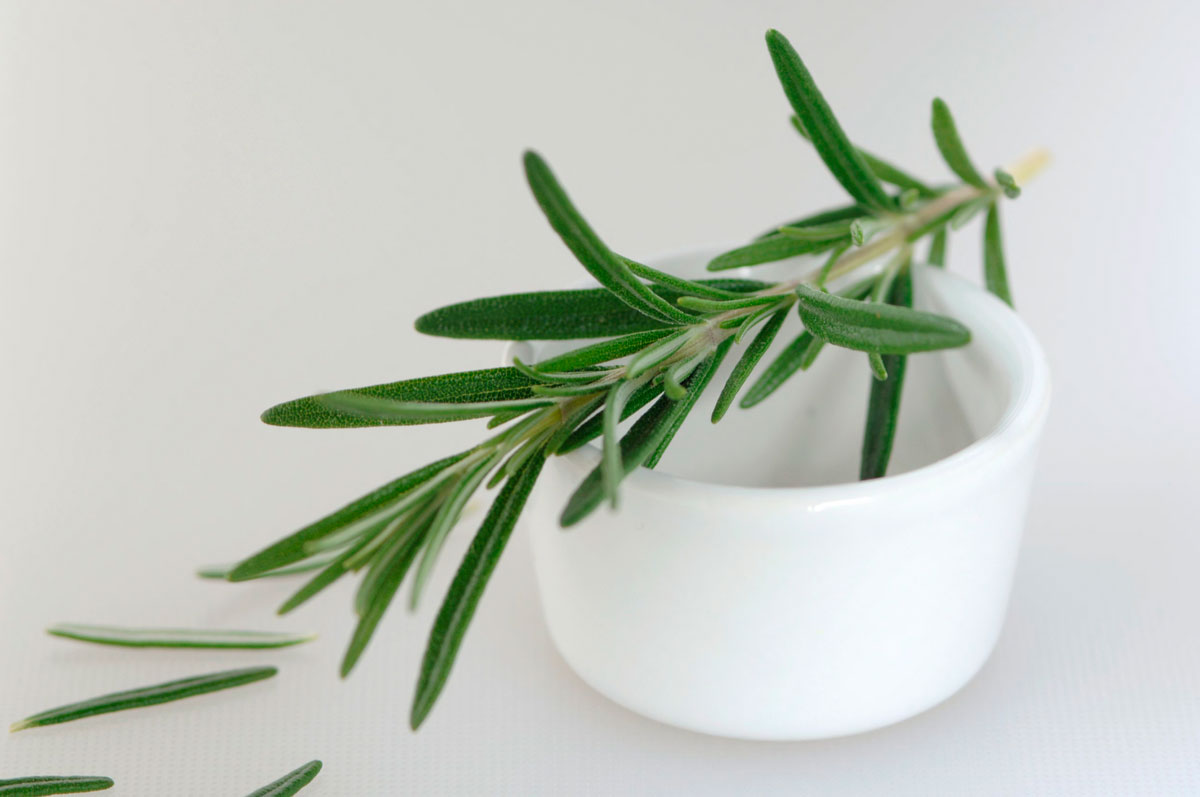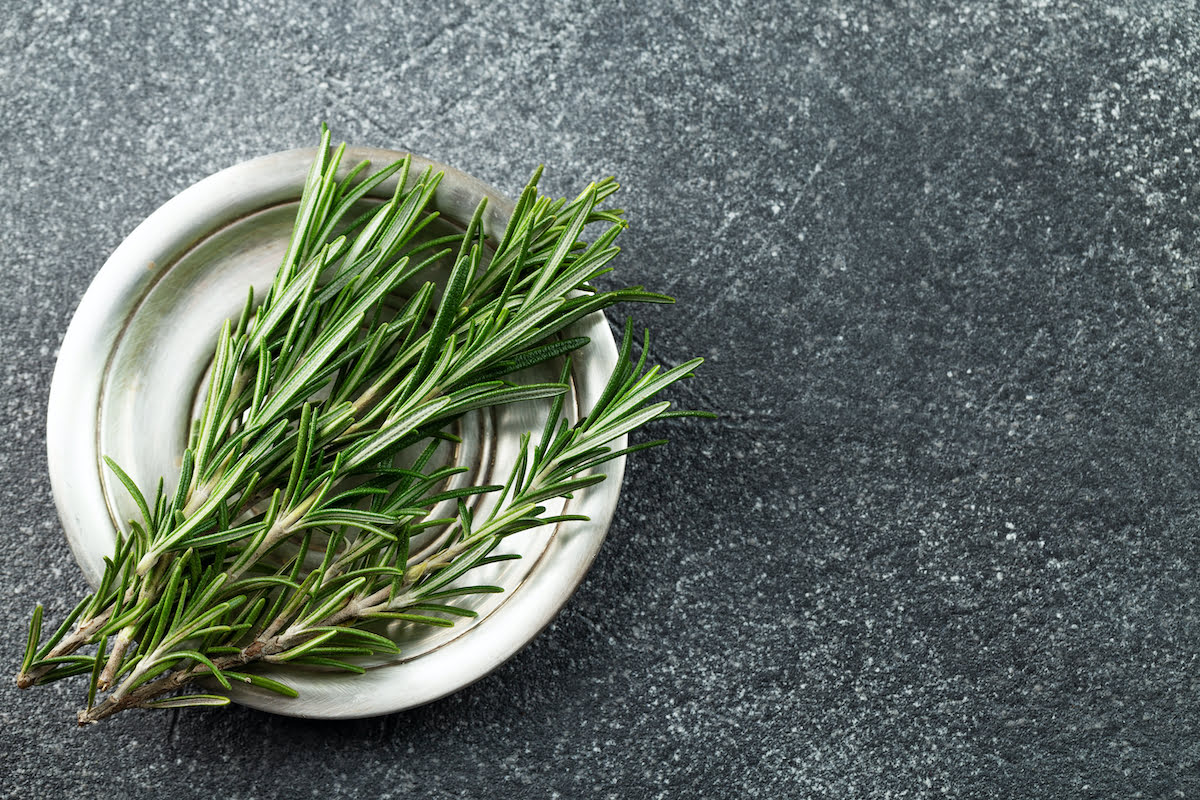Home>Gardening Techniques>DIY Projects>How Do You Prepare A Fresh Rosemary
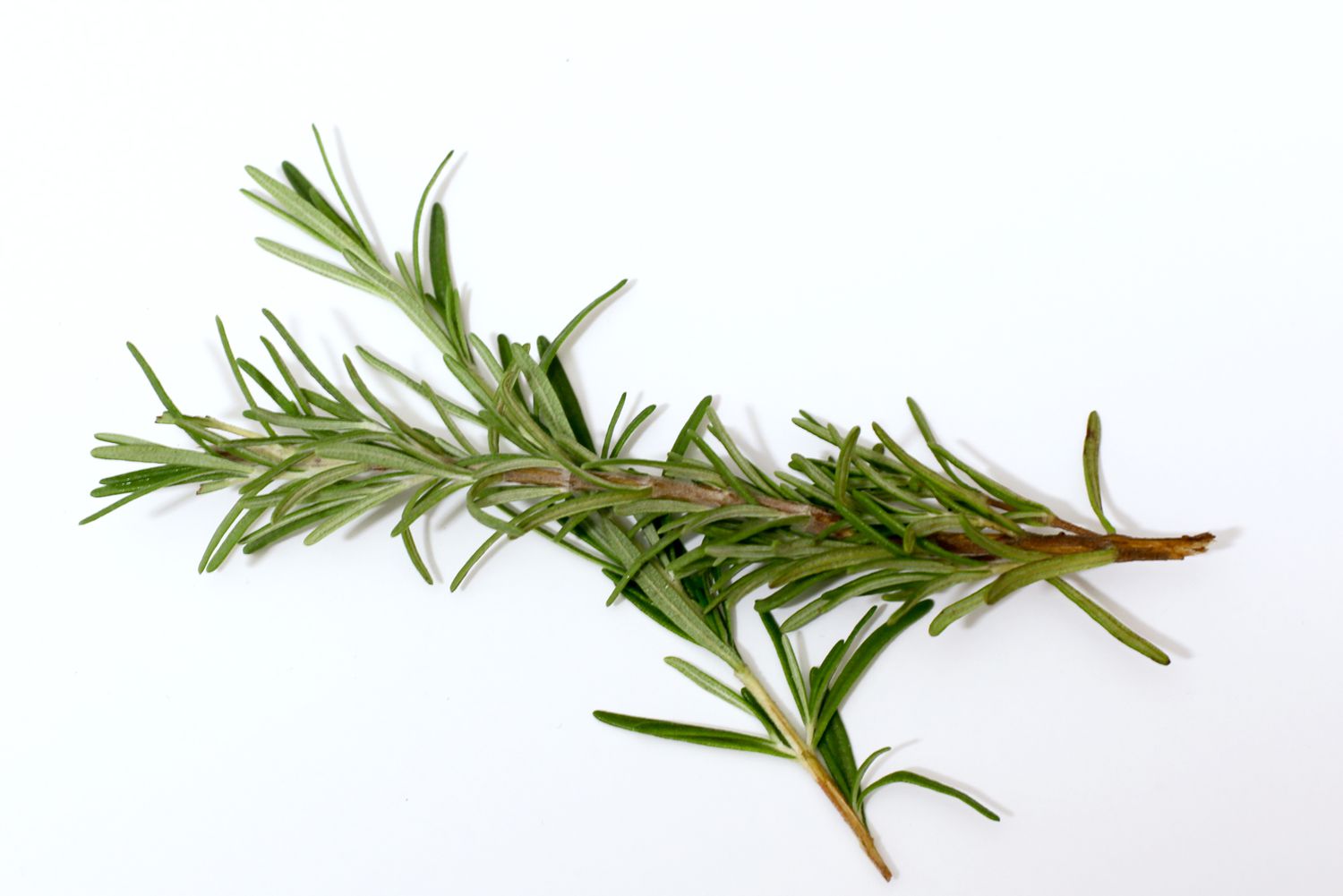

DIY Projects
How Do You Prepare A Fresh Rosemary
Published: January 30, 2024
Learn how to prepare fresh rosemary for your DIY projects with our step-by-step guide. Discover the best techniques for harvesting and storing this versatile herb.
(Many of the links in this article redirect to a specific reviewed product. Your purchase of these products through affiliate links helps to generate commission for Chicagolandgardening.com, at no extra cost. Learn more)
Table of Contents
Introduction
Fresh rosemary is a versatile herb that adds a delightful aroma and flavor to dishes, making it a popular choice for home cooks. Whether you’re using it in marinades, sauces, roasted meats, or even as a garnish, learning how to properly prepare fresh rosemary is essential for maximizing its taste and aroma.
Not only does fresh rosemary elevate the taste of your culinary creations, but it also offers a range of health benefits. It is known for its antioxidant properties and has been used in traditional medicine for centuries to improve digestion, boost immune health, and reduce inflammation. With its distinct pine-like scent and robust taste, fresh rosemary is a must-have herb in every DIY chef’s pantry.
However, before you start cooking with fresh rosemary, it’s important to know how to choose the right sprigs, how to clean and trim them, and how to prepare the herb for cooking. Additionally, proper storage techniques can help extend the shelf life of fresh rosemary, ensuring you always have it on hand for your culinary ventures.
In this article, we will guide you through the process of preparing fresh rosemary, from selecting the best sprigs to storing the leftovers. Whether you’re a seasoned cook or a beginner, these tips and tricks will help you make the most of this fragrant herb and impress your family and friends with flavorful meals.
Choosing Fresh Rosemary
When it comes to selecting fresh rosemary, there are a few key factors to consider. Look for sprigs that are vibrant in color, with sturdy stems and fragrant leaves. Here are some tips to keep in mind:
- Appearance: Choose rosemary sprigs that have green, healthy-looking leaves. Avoid any sprigs that appear wilted, discolored, or have brown spots.
- Fragrance: Gently crush a few leaves between your fingers to release the essential oils. A strong, aromatic scent indicates freshness.
- Stem: Check the stem of the rosemary sprig. It should be firm and not limp or dried out. The stem should also be free of mold or any signs of decay.
If possible, opt for fresh rosemary that is sold in bunches with intact stems. This allows you to have better control over the quantity you need and ensures that the sprigs stay fresh for longer.
It’s worth noting that rosemary is a hardy herb that can withstand different weather conditions. However, the flavor and aroma of the herb might vary depending on the season. In general, the best time to find the most robust rosemary is during the late spring and early summer months.
By choosing fresh and vibrant rosemary sprigs, you’ll set the foundation for a delicious and aromatic dish that will impress your taste buds and elevate your cooking.
Now that you’ve selected the perfect fresh rosemary, let’s move on to the next step: cleaning and trimming the sprigs to prepare them for cooking.
Cleaning and Trimming Rosemary
Before using fresh rosemary in your recipes, it’s important to clean and trim the sprigs to remove any dirt, debris, or tough stems. Follow these simple steps to prepare your rosemary:
- Start by gently rinsing the rosemary sprigs under cool water to remove any dirt or dust. Be sure to hold the sprigs by the stem to prevent damage to the delicate leaves.
- Pat the sprigs dry with a clean kitchen towel or paper towels. Removing excess moisture will help prevent dilution of flavors when cooking.
- Inspect the sprigs and remove any discolored leaves or tough stems. Simply pinch the stem near the base and slide your fingers upward, stripping off the leaves. Discard any leaves that appear wilted or brown.
- For recipes that require whole sprigs, you can leave the leaves intact. However, if you prefer a milder flavor or plan to chop the rosemary, you can remove the leaves from the stems completely.
If you find that the stems of your rosemary sprigs are particularly woody or tough, you can further trim them by using a sharp knife or kitchen shears. Simply cut the bottom few inches of the stems to ensure that you’re left with the most tender part of the sprig.
By taking the time to clean and trim your fresh rosemary, you’ll remove any unwanted elements and ensure that you’re left with clean, flavorful sprigs that will enhance the taste of your dishes.
Now that you’ve prepared your rosemary sprigs, it’s time to move on to the next step: utilizing them in your culinary creations.
Preparing Rosemary for Cooking
Once you have chosen and cleaned your fresh rosemary sprigs, it’s time to prepare them for cooking. Here are a few popular methods to make the most of this fragrant herb:
- Whole Sprigs: One of the simplest ways to use rosemary is to use whole sprigs in your dishes. Simply add them to your recipes during cooking, allowing the heat to extract the aromatic flavor. Whole sprigs are perfect for infusing soups, stews, and sauces. Remember to remove the sprigs before serving the dish.
- Chopped Rosemary: If you prefer a more intense flavor of rosemary in your dishes, consider finely chopping the leaves. Hold a few sprigs together and use a sharp knife to mince the leaves into small pieces. Chopped rosemary works well in marinades or as a seasoning for roasted meats and vegetables.
- Rosemary Infused Oils and Vinegars: For a longer-lasting flavor of rosemary, you can infuse oils or vinegars with the herb. Fill a clean glass jar with rosemary sprigs and pour olive oil or vinegar over them. Let the mixture sit for a week or two in a cool, dark place, allowing the flavors to meld together. Strain out the rosemary before using the infused oil or vinegar in your recipes.
- Rosemary Salt: Another fantastic way to use fresh rosemary is by making rosemary-infused salt. Finely chop a few sprigs of rosemary and mix them with kosher or sea salt. Spread the mixture on a baking sheet and let it dry out for a few days. Once the rosemary salt is completely dry, transfer it to an airtight container and use it to season a variety of dishes.
Remember to adjust the quantity of rosemary according to your personal preferences and the recipe you are following. Start with smaller amounts and gradually increase if desired, as rosemary can have a strong flavor and aroma that may overpower other ingredients if used excessively.
By preparing your fresh rosemary in these different ways, you’ll be able to infuse your dishes with its delightful flavor and aroma, enhancing the overall taste and presentation.
Now that you know how to prepare rosemary for cooking, let’s move on to the next step: storing any leftover sprigs to ensure their freshness.
Storing Fresh Rosemary
Properly storing fresh rosemary can help extend its shelf life, so you can continue to enjoy its flavors in your culinary endeavors. Here are a few tips to keep your rosemary fresh:
- Refrigerator Storage: One of the easiest ways to store fresh rosemary is in the refrigerator. Start by trimming the ends of the stems and removing any wilted leaves. Place the rosemary sprigs in a damp paper towel and seal them in an airtight plastic bag. Store the bag in the refrigerator’s vegetable drawer. The rosemary should stay fresh for up to two weeks.
- Freezing: If you have an abundance of rosemary or want to preserve it for a longer period, freezing is an excellent option. Wash and thoroughly dry the rosemary sprigs. Remove the leaves from the stems and place them in an airtight container or freezer bag. Alternatively, you can chop the leaves and freeze them in ice cube trays, covered with a little water or olive oil. The frozen rosemary will retain its flavors and can be used directly in your recipes without thawing.
- Drying: Another way to store rosemary is by drying it. Bundle a few rosemary sprigs together and tie them with a string. Hang the bundles upside down in a warm, well-ventilated area, away from direct sunlight. Once the rosemary is dry and crumbly, remove the leaves from the stems and store them in an airtight container. Dried rosemary can be used for several months.
When using refrigerated or frozen rosemary, keep in mind that the flavors may be slightly muted compared to fresh rosemary. Adjust the quantity accordingly in your recipes to achieve the desired taste.
It’s important to note that the storage duration for fresh rosemary may vary depending on its initial freshness and the storing conditions. Always inspect the herb before using it to ensure quality and discard any sprigs that show signs of decay or mold.
By properly storing your fresh rosemary, you can have this fragrant herb readily available for your culinary adventures, ensuring that every dish is infused with its delightful aroma and flavor.
With the knowledge of choosing, cleaning, preparing, and storing fresh rosemary, you are now equipped to take your cooking to new heights. Whether you’re experimenting with new recipes or adding a touch of freshness to your signature dishes, fresh rosemary is sure to elevate the flavors and impress your taste buds.
Conclusion
Fresh rosemary is a versatile herb that can enhance the flavor and aroma of your culinary creations. By following the steps outlined in this article, you can ensure that your fresh rosemary is chosen, cleaned, prepared, and stored properly.
When choosing fresh rosemary, look for sprigs that are vibrant in color, have a robust fragrance, and sturdy stems. Cleaning and trimming the rosemary sprigs will remove any dirt, debris, or tough stems, ensuring that only the flavorful leaves are used in your recipes.
Once your rosemary is prepared, there are various ways to incorporate it into your cooking. You can use whole sprigs for infusing flavors, chop the leaves for a more intense taste, or even create rosemary-infused oils, vinegars, or salts for added versatility.
Properly storing fresh rosemary is important to extend its shelf life. Whether refrigerating, freezing, or drying, choosing the right storage method will ensure that your rosemary stays fresh and flavorful for an extended period.
By taking the time to properly choose, clean, prepare, and store fresh rosemary, you can elevate your culinary delights and impress your family and friends with deliciously aromatic dishes.
So, the next time you’re in the kitchen, don’t forget to reach for the fresh rosemary, knowing that you have the knowledge and skills to make the most of this delightful herb.
Happy cooking!
